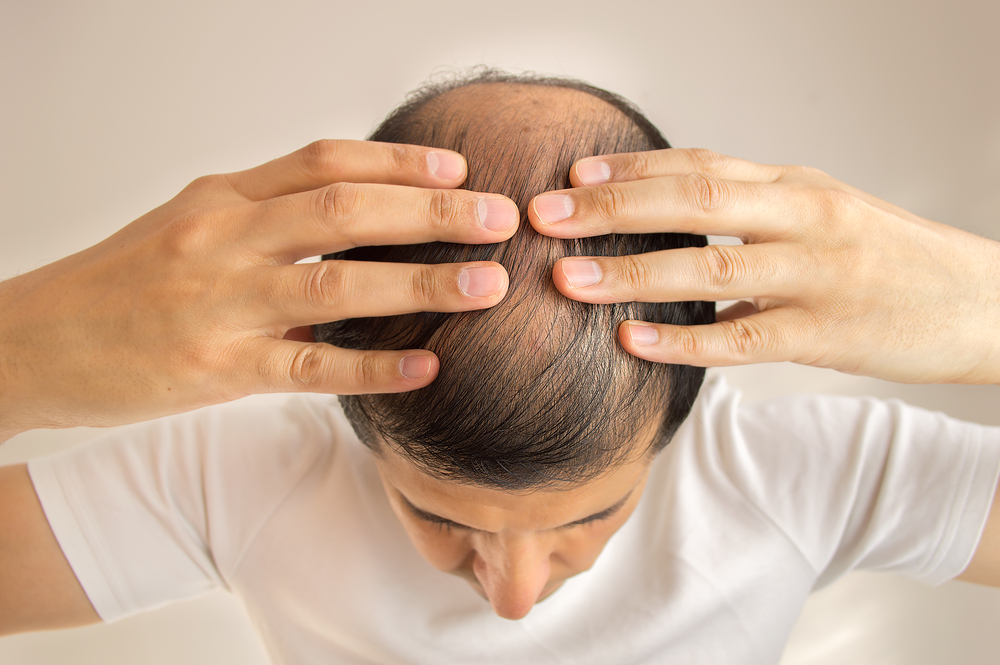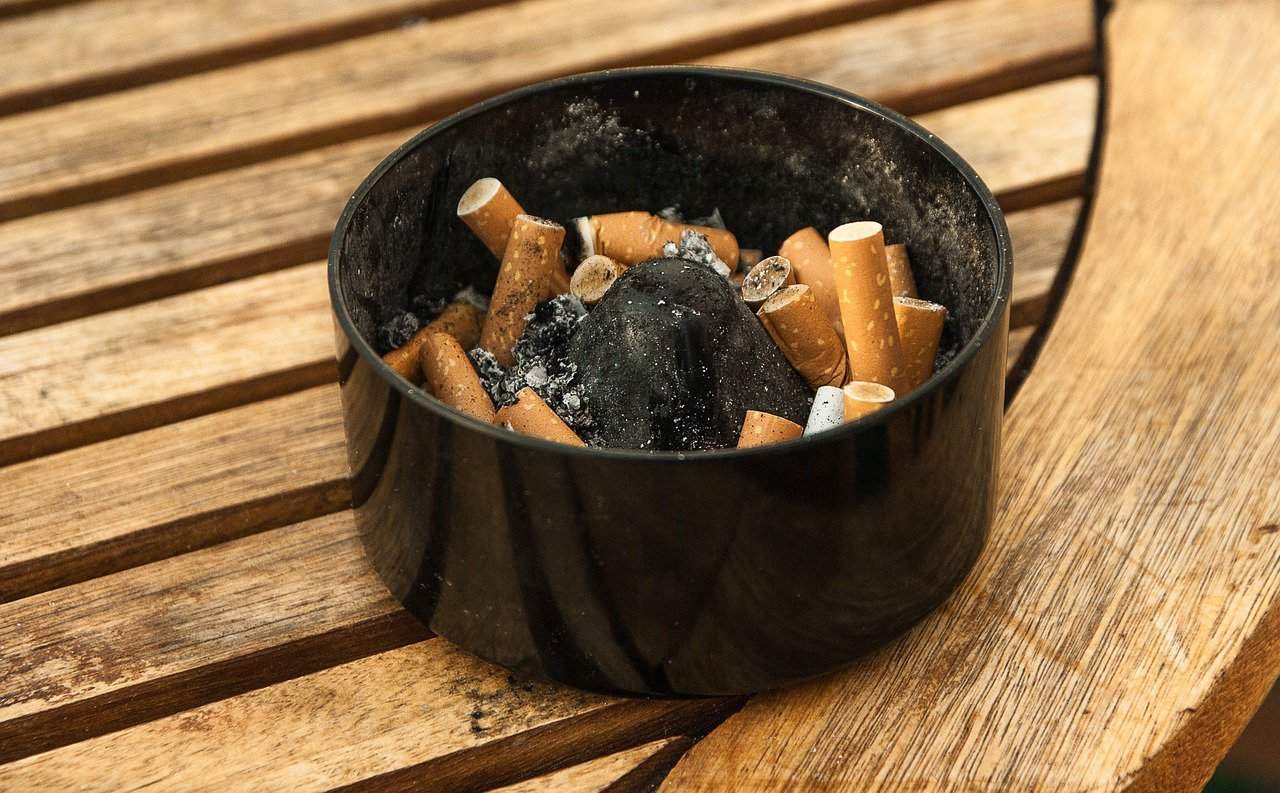Contents:
- Medical Video: Modern Treatment for Polycystic Kidney Disease
- What is a simple kidney cyst?
- What causes simple kidney cysts?
- What are the symptoms of a simple kidney cyst?
- How is a simple kidney cyst diagnosed?
Medical Video: Modern Treatment for Polycystic Kidney Disease
What is a simple kidney cyst?
Simple kidney cysts are fluid-filled sacs that form abnormally in the kidneys. Simple kidney cysts are different from cysts that develop when a person has polycystic kidney disease (PKD), which is a genetic disorder. Simple kidney cysts do not enlarge the kidneys, replace normal structures, or cause kidney function to decrease like cysts in people with PKD.
Simple kidney cysts are more common when age increases. An estimated 25 percent of people aged 40 years and 50 percent of people aged 50 have simple kidney cysts.
What causes simple kidney cysts?
The causes of simple kidney cysts are not fully understood. Obstruction of the structure of the tubules (small structures in the kidneys that collect urine) or lack of blood supply to the kidneys may cause this condition. Diverticula (sacs that form in the tubules) may be released and become simple kidney cysts. The role of genetic factors in the development of simple kidney cysts has not been studied.
What are the symptoms of a simple kidney cyst?
Simple kidney cysts usually do not cause symptoms or harm the kidneys. However, in some cases, pain can occur between the ribs and hips when the cyst enlarges and presses on other organs. Sometimes the cyst becomes infected, causing fever and pain. Simple kidney cysts are not thought to affect kidney function, but one study found an association between the presence of cysts and reduced kidney function in people treated in hospitals younger than 60 years. Several studies have found an association between simple kidney cysts and high blood pressure. For example, high blood pressure has increased in some people after an enlarged cyst is drained. However, this relationship is not well understood.
How is a simple kidney cyst diagnosed?
Most simple kidney cysts found during imaging tests are carried out for other reasons. When a cyst is found, the following imaging tests can be used to determine whether it is a simple kidney cyst or a more serious condition. This imaging test is carried out in an outpatient center or hospital by specially trained technicians and images that are interpreted by radiologists who specialize in medical imaging. Ultrasound can also be done at a health clinic. Anesthesia is not needed even though mild anesthesia can be used for people who are afraid of limited space undergoing magnetic resonance imaging (MRI).
- Ultrasound. Ultrasound uses a device, called a transducer, which reflects, sound waves in the organs to make a picture of their structure. Abdominal ultrasound can make a picture of the entire urinary tract. Images can be used to distinguish harmless cysts, and other problems.
- Computerized tomography (CT) scan. CT scans use a combination of X-rays and computer technology to create three-dimensional (3-D) images. CT scans may use special dye injections, called contrast media. CT scans are performed by positioning someone to lie on a table launched into a tunnel-shaped device where x-rays are flowed. CT scans can show cysts and tumors in the kidneys.
- MRI. MRI machines use radio waves and magnets to produce detailed images of organ bodies and soft tissues without using x-rays. MRI may use contrast media injection. Most MRI machines are performed by positioning the person on the table launched into a tunnel-shaped device that may be open at the end or closed at one end; some new machines are designed, allowing people to lie in a more open place. Like CT scans, MRI can show cysts and tumors.












